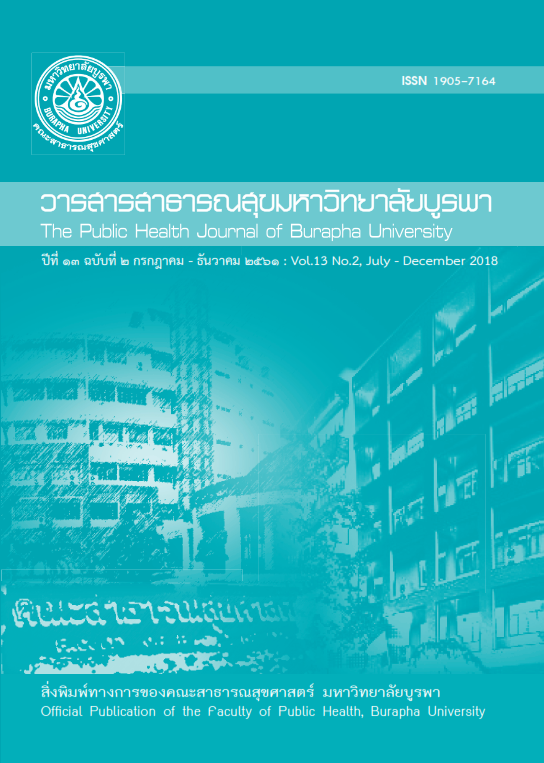Effects of Medication Reminder Innovation on Adherence and the Quality of Medicine
Main Article Content
Abstract
The best medicine will not work if the patient does not take them. There are several methods developed to help patients to be adherent to medicine. However, the non-adherent rate still high: 24% in physically ill and 42% in mentally ill patients. Moreover, patients might feel less confident when carrying medicine around. Normal medicine box has no alarm; whereas the one with alarm is not handy and might be left at home. Therefore, Medication Reminder (MR) was invented. MR is a medicine pocket that has an alarm clock to remind the patient when it is the time to take medicine. It also has a small light indicating the medicine the patient has to take. This pocket is attached within a purse or wallet because most people forget medicine but do not forget to take their money. This research was conducted to develop an innovation assisting patients to take their medicine on time. Samples were 24 volunteers who went out to work every day. Uncoated tablets, coated tablets, and capsules were filled in three types of containers: MR, plastic bag with ziplock, and normal plastic box. Volunteers were divided into three groups. Each group carried one type of containers filled with three types of medicine everywhere during the daytime. After three days, medicines were tested for physical quality (appearance, odor, color, hardness, and weight) in the laboratory. Medication adherence and satisfaction questionnaires were completed by participants. The results showed that MR showed significant improvement in participants’ adherence than the plastic bag with ziplock, and normal plastic box at p<.001 (x̄(SD) = 11.16(0.75), 7.83(0.98), 8.83(1.32), respectively). Based on the quality te,stMR and normal plastic box significantly better protected medicine than plastic bag with zip lock at p<.001 (x̄(SD) = 4(0.00), 4(0.00), 2.5(0.54), respectively). Most participants were satisfied with the innovation in the highest level (4.50 out of 5). MR has a potential to improve adherent rates of participants and therefore to be an innovation that helps reducing the cost of treatment due to non-adherence. MR also has a potential in commercial aspect due to its effects in preserving the quality of medicine. MR can be integrated with local products such as silk purse that can increase income for local people.
Article Details
References
2. Maneesakorn S. “A randomized controlled trial of Adherence Therapy for people with schizophrenia in Thailand,” 2008, unpublished.
3. Cramer JA and Rosenheck R. “Compliance with medication regimens for mental and physical disorders,” Psychiatric Services, vol. 49, no. 2, pp.196-201, 1998.
4. Chuengsatiensap K, Sringernyuang L, Paonil W. “Medicine and community: socio-cultural aspect,” Society and Health Institute. Nonthaburi. 2007.
5. Chongjamraspan P, Songtrijak R, Luangsopapan T. “Innovation device for medication use efficiency enhancement in the blind,” 2011, unpublished.
